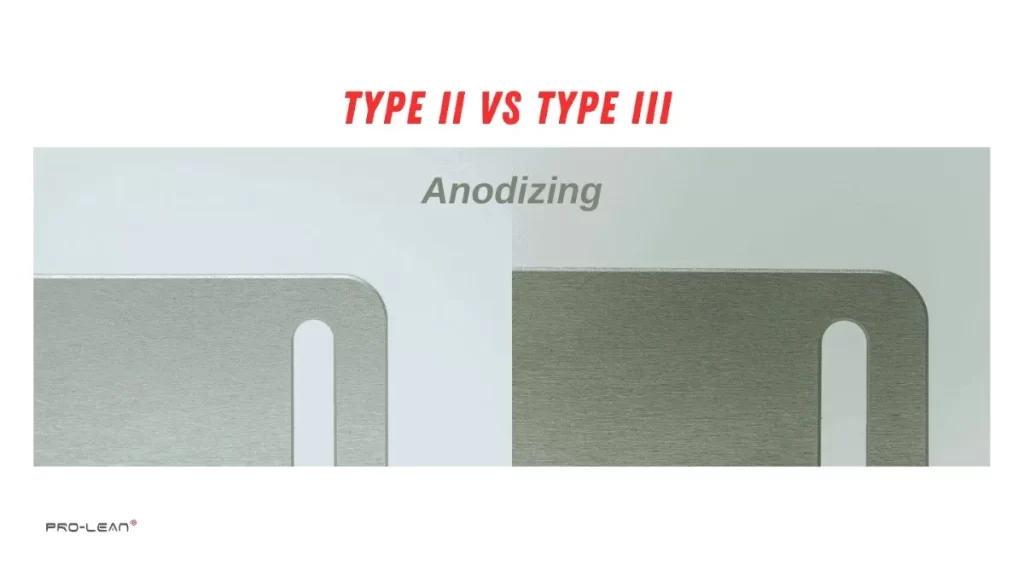
Type III Vs Type III Anodizing
General Anodizing is a smart way to protect aluminum parts after machining. It provides a thin, strong layer on the surface that prevents corrosion and wear. The process is done by placing the part in an acid bath. This grows an aluminum oxide layer. As a result, the parts get a cleaner, more rigid surface that holds up well in most challenging environments.
On the other hand, hard coat anodizing is the upgraded option. If your part needs to handle more pressure, heat, and friction, it’s the best choice. It uses the same process but forms a much thicker and harder layer. This makes the surface far more resistant to scratches and damage. Therefore, it’s perfect for tools, moving parts, and gear outdoors or in harsh conditions.
However, both types of anodizing are usually used to protect aluminum. Standard anodizing works well for general use and looks great, too. In contrast, hard anodizing is better when strength and durability are needed. Choosing between them depends on how the part will be used. Let’s explore Type II vs Type III Anodize coatings with a more in-depth look.
Type II Anodizing (Sulfuric Acid Anodizing)
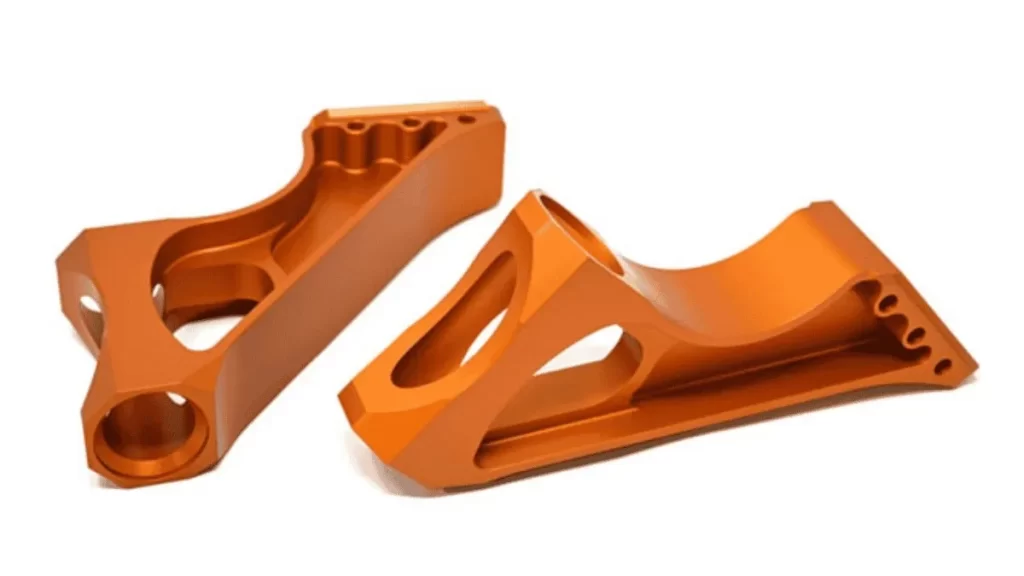
Type II Anodizing
Type II anodizing is primarily used to finish aluminum materials. It involves submerging aluminum components in a sulfuric acid solution while activating electrochemical activity.
This reaction causes the surface of aluminum to develop an oxide layer. The oxide layer forms directly from the material instead of being added externally as paint or coating.
The type II anodized protective layer encompasses decorative qualities and helps achieve functional benefits. It also improves the finished part’s appearance and durability.
Key Features of Type II Anodizing
Here are the unique attributes of Type II anodized treatment;
Moderate Coating Thickness
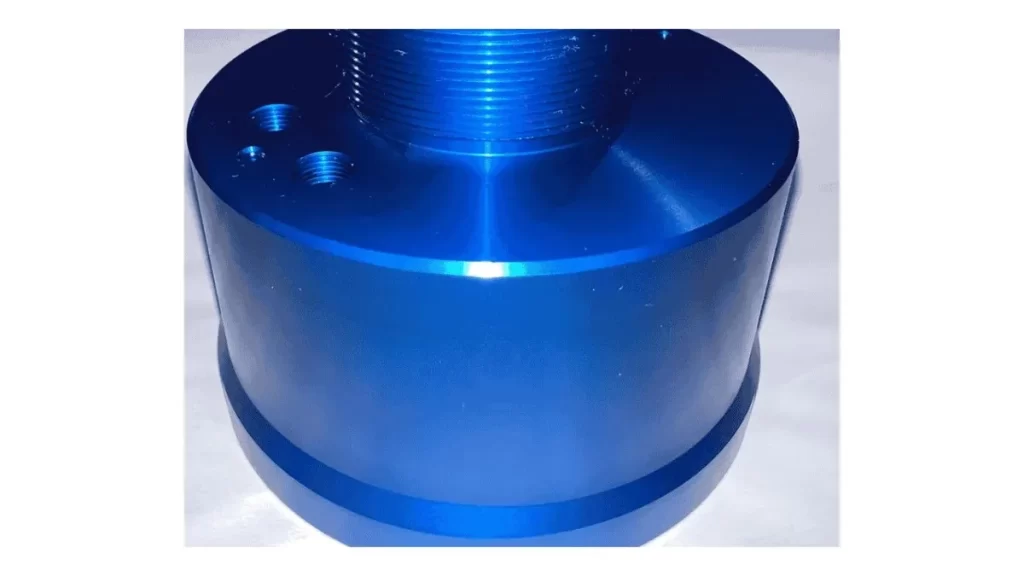
Type II Anodizing Thickness
Type II coatings require thicknesses between 5 and 25 microns based on their intended use. The anodized layer retains excellent protective properties with minimal dimensional changes. Moreover, type II anodizing works best when precision and tolerance requirements are crucial.
Improved Corrosion Resistance
The primary benefit of Type II anodizing is its excellent resistance against oxidation and corrosion. It protects equipment in indoor and low-stress conditions. Additionally, the treatment creates a protective shielding surface that defends aluminum parts from moisture, air exposure, and minor chemical substances.
Excellent Appearance and Finish
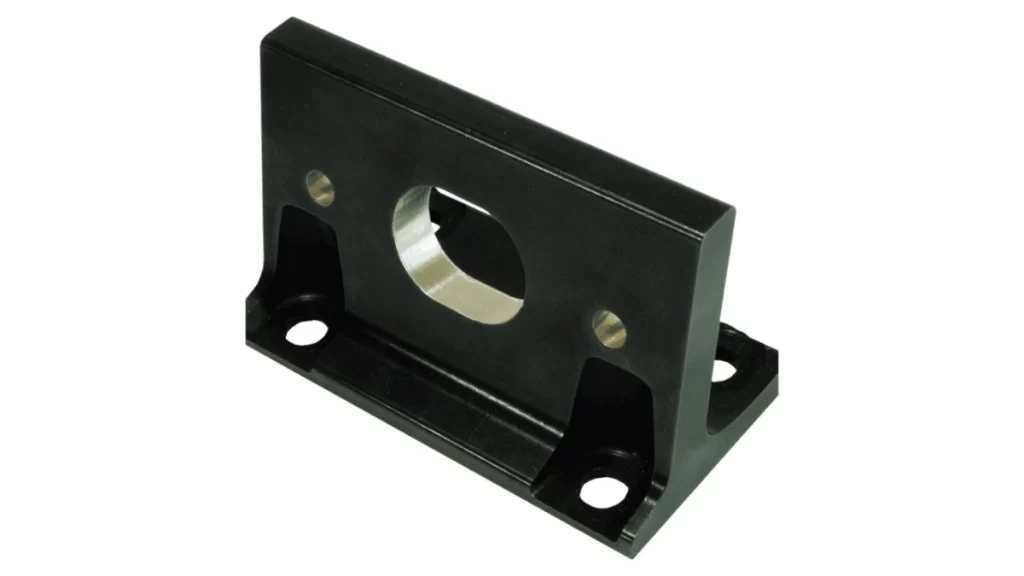
Type II Anodized Finish
Type II anodizing produces an amorphous, porous oxide finish on aluminum parts. The parts can be matte or satin, smooth, and clean. Because the oxide layer has numerous pores, it easily captures color pigments for surface colorization. Anodized aluminum parts frequently display black, gold, red, blue, bronze, and transparent colors.
Light to Moderate Wear Resistance
The anodized coating strength in Type II is less resistant than hard anodized (Type III anodize), yet provides adequate surface protection. Type II anodizing protects against moderate wear because it suits applications where excessive rubbing and rough touch are not present.
Applications of Type II Anodizing
You’ll find type II anodizing used in a wide range of industries. Thanks to its clean finish and protective features. A few typical applications include:
- Consumer electronics (e.g., smartphone casings, laptop bodies)
- Lighting fixtures
- Furniture hardware
- Kitchen and bathroom fittings
- Automotive interior parts
- Aerospace cabin components
- Architectural trims and panels
When Should You Use Type II Anodizing?
Consider type II anodizing when your parts/products need:
- A decorative, uniform look
- Protection against corrosion and oxidation
- Custom colors for branding or identification
- A cost-effective finish for non-heavy-duty parts
Moreover, it’s a practical choice for parts that will be seen and handled but not heavily stressed. It may be suitable for parts exposed to indoor or light outdoor conditions, but not for high-wear applications.
Try Prolean Now!
Type III Anodizing (Hard Coat Anodizing)
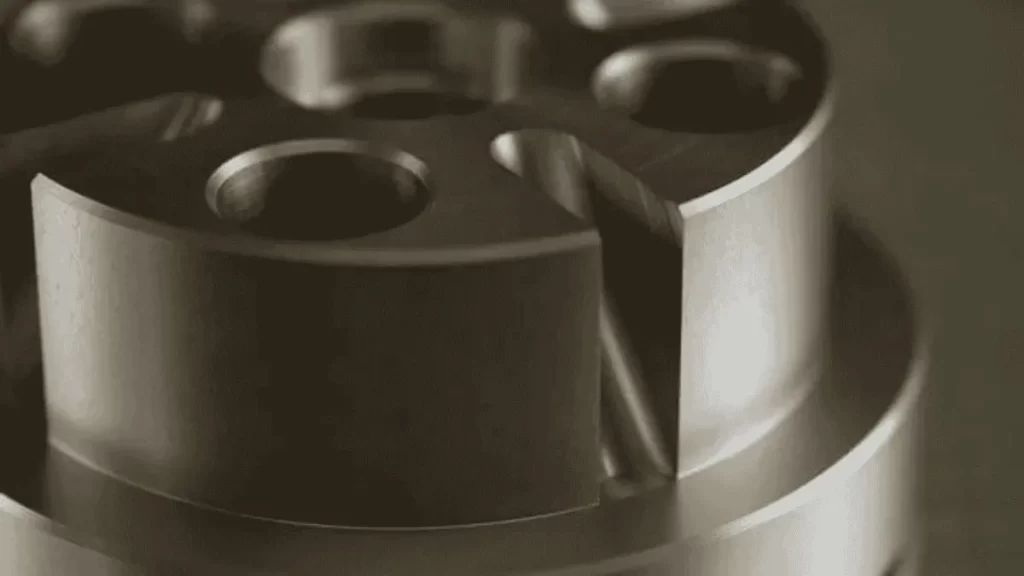
Hard Coat Anodizing
Type III anodizing, which applies hard anodizing or hard coat anodizing, serves parts operating in demanding high-wear conditions. It shares Type II processing while operating under specific adjustments using reduced heat conditions and electrical output. As a result of this processing method, the aluminum surface receives a dense, hardened oxide layer.
Regular anodizing provides excellent overall performance, whereas Type III is specifically engineered for strength applications. Anodized aluminum components become much more durable and better equipped to resist wear.
Key Characteristics of Type III Anodizing
Here are the unique characteristics of Type III anodizing;
High Surface Hardness
Type III coatings are between 25 and 100 microns thick, four times greater than standard anodizing procedures. Surface hardness for this material grade extends up to Rockwell C60 or beyond, which equals the hardness level of steel.
The material suits surfaces that need to endure movement and machine-made components and equipment that require contact.
Exceptional Wear and Abrasion Resistance
Hard-anodized parts can gracefully handle heavy usage. The surface stays resistant to scratches and friction damage when moving at high speeds with repetitive contact conditions. The hard anodized aluminum is the top selection for sliding components, bushings, gears, and pistons.
Superior Corrosion Protection
Type III coatings form a strong seal on top of metals to protect them from water, chemicals, and environmental dangers. This protective coating allows use in internal and external conditions, particularly when buildings face water and sea salt hazards.
Color Limitations
Due to the dense oxide surface, Type III anodized parts develop dark coloration, creating a gray, brown, or black appearance. It has restricted coloring possibilities compared to Type II, but its natural appearance competently displays industrial strength.
Common Applications of Hard Anodizing
Due to its toughness, Type III anodizing is widely used across industries that rely on durable, long-lasting parts. Here are some common examples:
- Heavy-duty machinery components
- Aerospace and defense systems
- Mechanical and automotive parts
- Military-grade equipment
- Hydraulic cylinders and pump parts
- High-performance tools and dies
Hard anodizing is the go-to choice if the part will experience frequent movement, pressure, and extreme conditions.
When to Use Type III Anodizing?
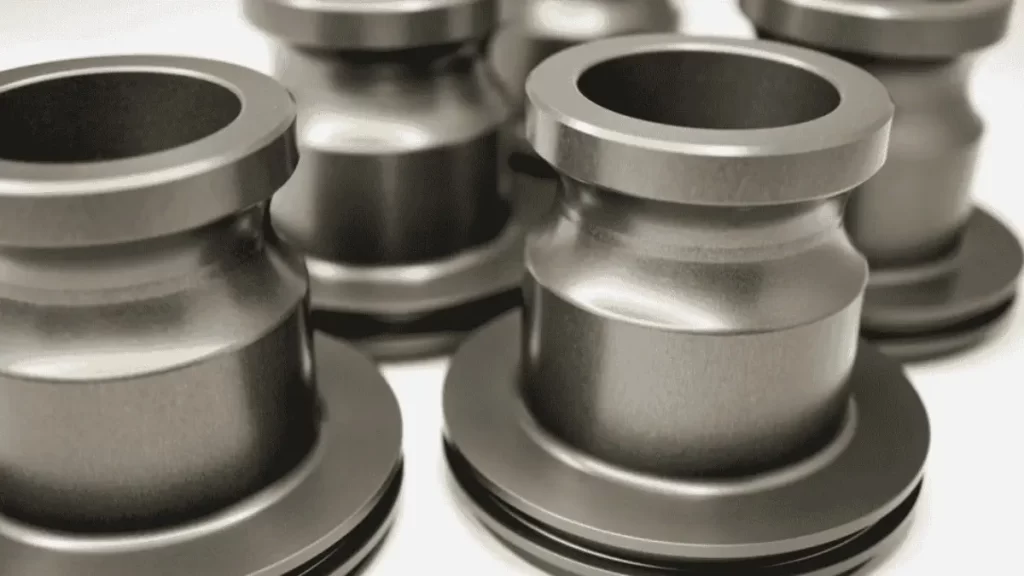
Corrosion Resistant Type 3 Anodizing
Choose hard anodizing when your part needs:
- Maximum surface hardness and strength
- Resistance to wear, impact, or abrasion
- A finish that can hold up in harsh and outdoor environments
- Better performance than what regular anodizing can offer
It’s convenient when aluminum needs to replace steel in moving and load-bearing parts without compromizing durability. (Read more black anodizing)
Comparing Type II Vs Type III Anodize
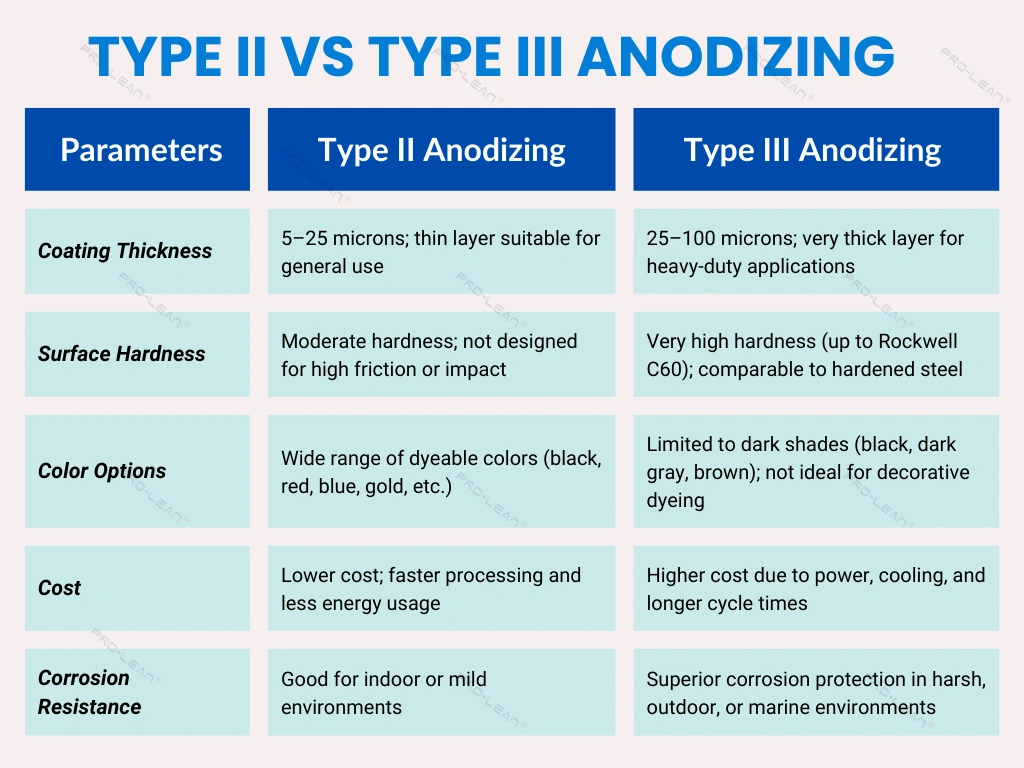
Difference Between Type II and Type III Anodizing
From a broader perspective, let’s compare the anodizing type II vs type III.
Surface Hardness and Durability
Type III anodizing is superior in strength compared to type II anodizing. The coating created through it becomes extremely thick and stiff. It strengthens aluminum components against damage from physical impact and rigorous applications. Type III anodizing is primarily used in aerospace applications, military equipment, and heavy machinery production.
On the other hand, Type II anodizing’s protective qualities fall in the middle range. However, its protective capabilities do not match those of Type III. Therefore, weak item spots that never come into contact with friction should use Type II anodizing instead of Type III.
Appearance and Color Options
A part requiring appearance quality and color matching should utilize Type II anodizing. It enables the production of various colors, including black, gold, blue, and bronze, and allows customized shades. The product surface displays a uniform finish, enabling excellent use of branded products and visible elements.
End products from Type III anodizing processes naturally develop a darker black or gray coloration. Due to smaller pore sizes and increased density, it is less receptive to bright or vivid dyeing. The dense, thick coating reduces the substance’s ability to absorb color effectively.
Cost and Best Use Cases
The processing and cost structure of Type II anodizing make it an accessible solution. It benefits general-purpose parts by achieving corrosion protection and a pleasing appearance. This coating is frequently found in electrical products, home goods, and indoor equipment.
Production costs for Type III anodizing increase due to the elaborate processing requirements and electricity demands. Its costs are justified when your parts must operate effectively under extreme conditions or demand an extended lifespan. (Related To: electroplating vs anodizing)
Try Prolean Now!
Other Surface Treatments for Aluminum
Besides anodizing, there are other surface treatments available for aluminum. For instance;
Chemical Coatings
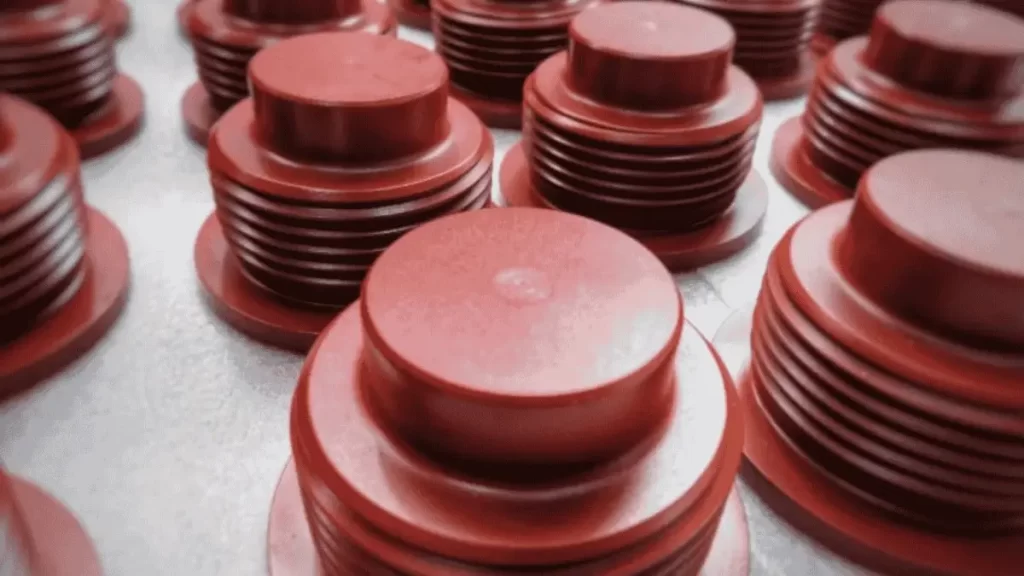
Chemical & Acid Resistant Paint Coating
The protection of aluminum can be achieved through alternative methods besides anodizing. Among other treatments, chemical conversion coating is the most widespread method to protect aluminum. It is a thin protective film that combats corrosion through this method.
The process is less complicated than anodizing, yet it remains effective for conductive parts that require future coating or painting. Such aluminum protections apply to electrical parts and low-wear components that require sustained moisture resistance performance.
Environmental Standards
Surface treatments require compliance with environmental regulations. RoHS standards and similar requirements compel processes to use coatings with restricted harmful substances.
If you work in electronics, automotive production, or medical applications, you need your parts to fulfill industrial safety standards and compliance requirements. Before selecting your method, make sure that it complies with current environmental standards.
Industry Applications of Type II Vs Type III Anodize
Anodizing treatment is widely used across industries that rely on durable, functional, and long-lasting parts. Some of the common industries that benefit from this coating include;
Aerospace Industry
Type III anodizing applies to landing gear and engine components. These components require high durability for critical wear resistance purposes. Type II anodizing provides corrosion resistance, a clean finish to interior panels and brackets, and less demanding parts.
Automotive Industry
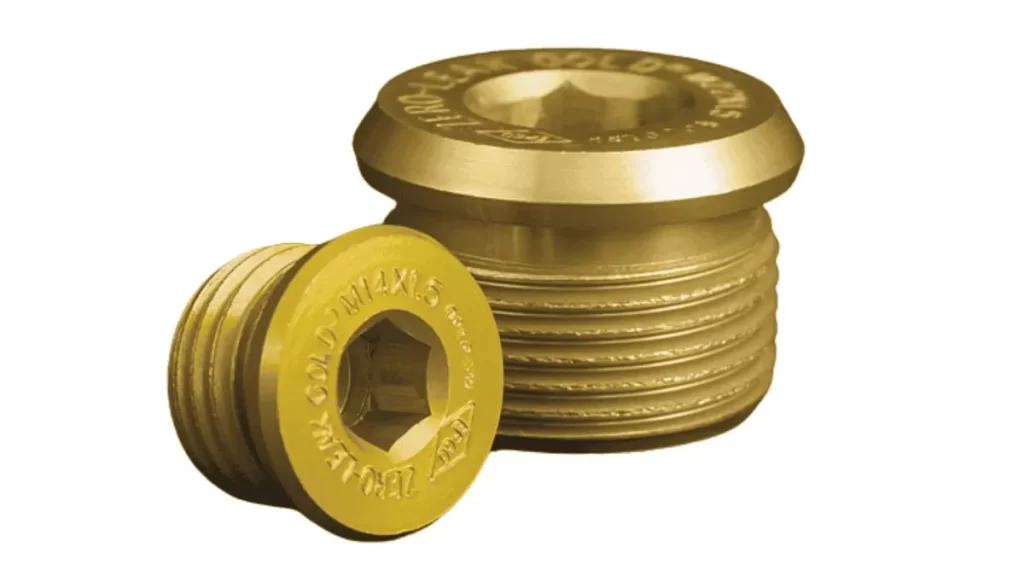
Type II Gold Anodize of an Aluminum Plug
Type II anodizing treatments on wheels, grilles, and door handles improve aesthetics and protect against road elements. Meanwhile, brake components and shock absorbers utilize Type III anodizing, giving greater wear and heat resistance.
Medical Equipment
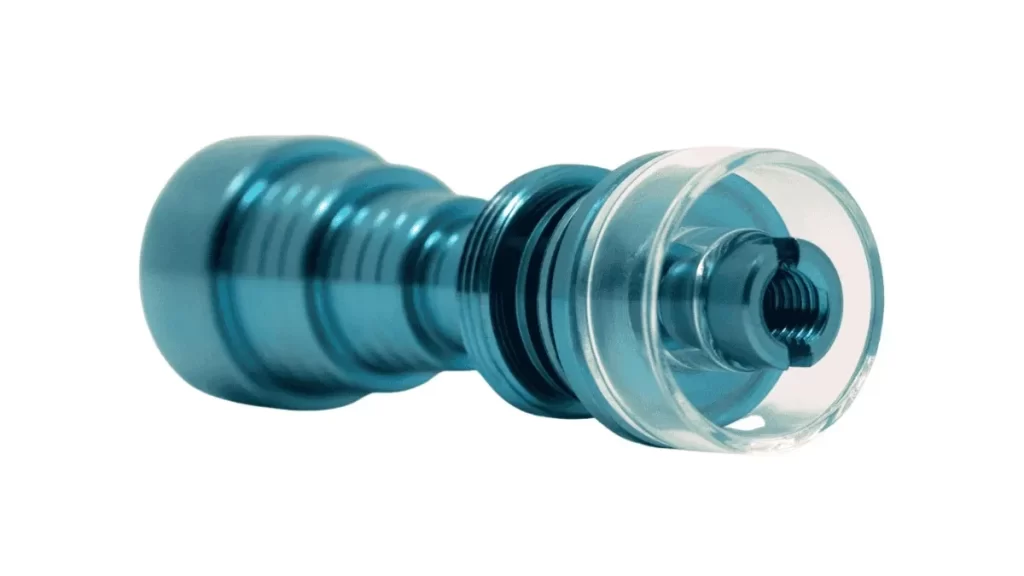
Medical Grade 2 Anodized Titanium Quartz Hybrid Nail
Surgical tools and medical device housings require Type II anodizing because it provides corrosion protection and easy cleaning benefits. Medical applications of prosthetic joints and implants use Type III anodizing due to its superior strength properties.
Electronics Industry
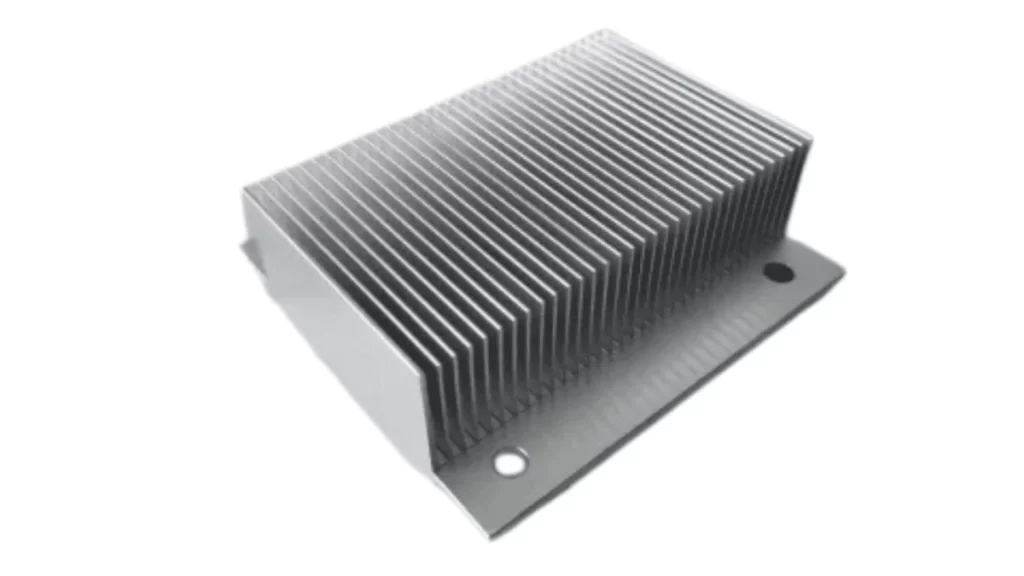
Type II anodizing is used in electronics to create more durable and attractive smartphone casings and laptop covers. Type III anodizing is used in power supplies and circuit enclosures because it increases strength and durability.
Military and Defense
Type III anodizing is used for weapons components and armor because it delivers excellent durability. In contrast, portable radios and tools use Type II anodizing treatment. It provides corrosion defense alongside presentable finishes.
Conclusion
When selecting between Type II vs Type III anodizing, it is imperative to align the choice with your project’s unique needs.
Type II anodizing is ideal for applications that demand corrosion resistance and aesthetic appeal, but extreme wear resistance is unnecessary. This process is more affordable and a right fit for parts like automotive trim, consumer electronics, and medical housings. In these sectors, the primary goal is to protect the surface from the environment and provide an appealing surface.
In contrast, Type III anodizing (also known as hard anodizing) offers superior surface hardness and wear resistance. This makes it a better option for parts exposed to extreme environments and heavy-duty usage. Type III is better if your application demands abrasion protection and durability, such as for aerospace components, military equipment, or industrial machinery.
At Prolean Tech, we understand that every project has its own set of requirements. Whether you’re looking for an affordable solution or need extreme performance, our team is here to help.
We recommend collaborating closely with our engineers to evaluate your part’s needs so that we can guide you toward the best anodizing process for your specific project goals. Our expertise makes sure that your parts achieve the balance between cost, durability, and aesthetic appeal.
By partnering with Prolean Tech, you’ll receive personalized advice that helps you make the right choice for your project. Our team ensures that you receive top-tier results every time. Contact us today for Anodizing Service, and we’ll work together to select the perfect anodizing solution for your aluminum parts.
FAQ’s
Q1. What is the difference between normal anodizing and hard anodizing?
Normal anodizing creates a thin protective layer on aluminum for corrosion protection and color. In comparison, hard anodizing makes a thicker, tougher layer. Thus, it provides more durability and wear resistance.
Q2. Is Type 2 anodize hard?
Type 2 anodizing is not very hard. It’s a thinner coating focuses on corrosion resistance and appearance, rather than strength and wear resistance.
Q3. What are the colors for Type 2 anodizing?
Type 2 anodizing can be gold, clear, black, or bronze. These colors depend on the type of aluminum used and the anodizing process.
Q4. How hard is Type 3 anodize?
Type 3 anodizing is much more complicated than Type 2. It forms a thick, durable layer that resists wear and damage, making it a great fit for industrial applications.
Q5. What is Type 3 anodizing color?
Type 3 anodizing typically results in dark colors, like black or dark brown. The exact shade can vary depending on the aluminum used.

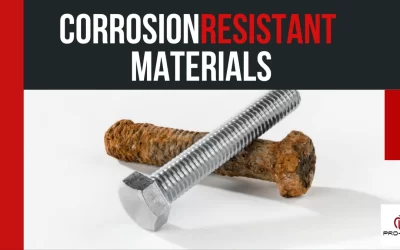
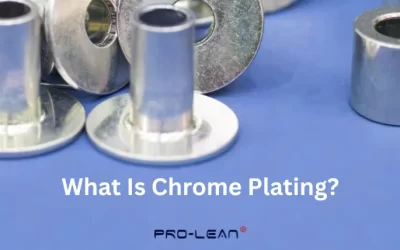
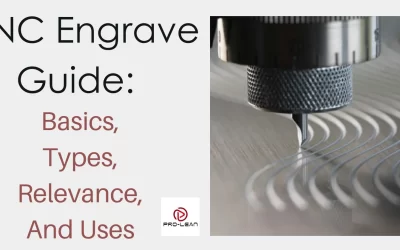
0 Comments